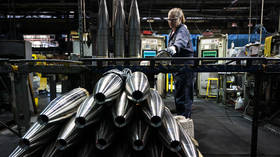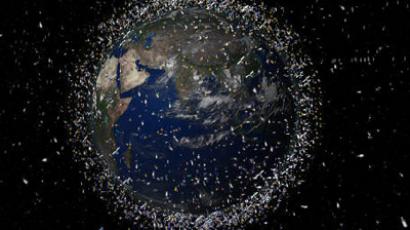Space junk threat 'critical'

A NASA-sponsored report says the amount of space junk orbiting Earth is alarmingly high and may have reached a point where it could jeopardize all future space exploration.
The document, prepared by the US National Research Council, says computer models show there is a danger that collisions between pieces of space debris, which range in size from minuscule fragments to entire decommissioned boosters, could create even more space trash.That means the situation is critical, says Donald Kessler, a retired NASA scientist who led the research. "We've lost control of the environment," he said. “The hazard is increasing and there is a necessity to start cleaning up space."NASA needs to determine the best path forward for tackling the multifaceted problems caused by meteoroids and orbital debris that put human and robotic space operations at risk," Kessler added.The US space agency monitors some 22,000 larger fragments of space junk, while some 500,000 smaller pieces are too small to be tracked.A fast-moving piece of junk may damage a satellite or a manned spacecraft. An egg-sized metal lump moving at orbital speeds has kinetic energy similar to a speeding truck.The International Space Station occasionally has to change its orbit to dodge the fragments. In June, the ISS crew had to evacuate into the docked Soyuz space capsule during a proximity alert.There is no proven way for clearing the junk from the orbit, although engineers in many countries are developing solutions. The suggestions vary from micro-satellites, which would attach to junk fragments and pull them down into the atmosphere, to giant magnetic nets harvesting the dangerous debris.The report calls for a concentrated effort to solve the problem. It would require not only cleaning technology, but also a barrage of international talks, as space-faring nations need to agree on issues such as ownership rights and the risk management.














